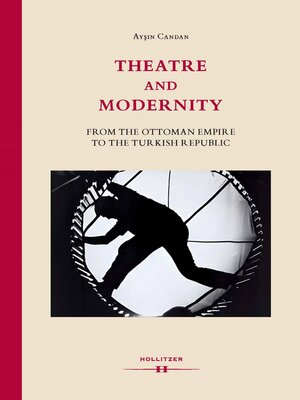Theatre and Modernity
ebook ∣ From the Ottoman Empire to the Turkish Republic · Ottomania
By Ayşın Candan

Sign up to save your library
With an OverDrive account, you can save your favorite libraries for at-a-glance information about availability. Find out more about OverDrive accounts.
Find this title in Libby, the library reading app by OverDrive.



Search for a digital library with this title
Title found at these libraries:
| Library Name | Distance |
|---|---|
| Loading... |
This study aims to disclose the inner dynamics of the rich and diverse milieu within the Ottoman-Turkish society that created its unique hybrid forms through the scenic arts against an understanding of modernity in terms of a simple import or imitation of Western cultural forms. In the 19th century Armenians pioneered this process with melodramas, necessitating the presence of female performers on the stage; Armenian women thus went onstage with patriotic motives. Among the two leading figures of the Turkish Republic period are Nazim Hikmet, the most prolific but severely censured Turkish dramatist and Muhsin Ertugrul, who founded the subsidised theatres of Ankara and Istanbul. A later phase of modernisation arrives in the sixties with a social awakening towards the conditions of the rural society: Ankara becomes the seat of "popular" theatre after the founding of Ankara Art Theatre, in 1961. Mehmet Ulusoy's work in France in the 1970–1980s crowns the final synthesis.







